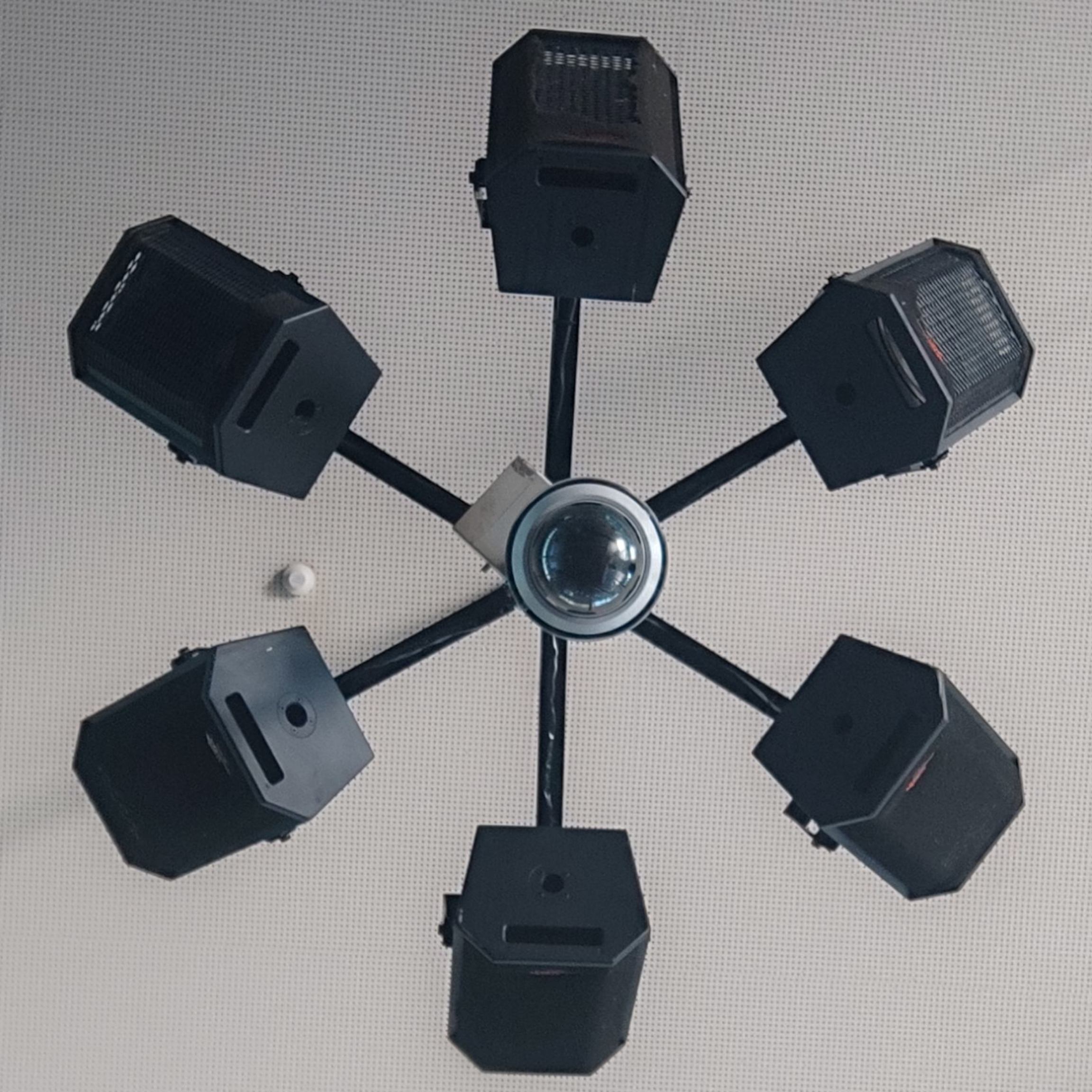- cross-posted to:
- [email protected]
- cross-posted to:
- [email protected]
cross-posted from: https://mander.xyz/post/11304633
Ozempic maker Novo Nordisk facing pressure as study finds $1,000 appetite suppressant can be made for just $5
Ever since Ozempic became more profitable to sell to fat people looking for an easy weight loss hack rather than the diabetics who actually needed it, we’ve seen nothing but bullshit attributed to the drug.
deleted by creator
No medicines have copyrights, but they do have patents. And, drug patents are kinda necessary if you want money to be spent on developing new drugs.
No one is going to dump a few hundred million into developing a new drug if everyone can manufacture and sell it upon release.
Patents aren’t the issue, though, it’s companies charging out the ass because they can.
Publicly funded research is out of the question then? Why does it have to be private corporations doing the research?
A state doesn’t have this kind of money to burn. If they did it, the money would have to come from somewhere. So either you increase taxes, decrease spending elsewhere, or start a business making a lot of money. Such as, say, selling the newly developed medications at a markup… It’s sad, but I’m not aware of a better way.
That being said, the cost of medications in the US is utterly ridiculous.
Except as highlighted, if the drug didn’t make a return on investment it wouldn’t be made. That can be true for government funded research, it’s not necessary to have a profit margin on top.
To add to this, better drugs pay for themselves, because then public healthcare doesn’t need to pay for more ineffective treatments. Having fewer sick people also improves productivity and the economy.
You don’t need profit in the sense of making lots of extra money compared to how much money you actually put in. I would be very interested in how much net profit is compared to gross in relative numbers. It’s a lot in absolute numbers, but I suspect not so much in relative. The problem why drug development is so very expensive is that you don’t just pay large sums for the drugs that are developed, but also for all those that are not, because they prove not useful during the testing. And there is way, way more than the successful ones, perhaps 100 to 1? I don’t have numers at hand. So in the end, you have to charge a lot of extra money above the production cost if you want to have enough money to develop any drugs at all.
Of course, that isn’t true for old drugs. Which is a reason why generics are so much cheaper. And also why patents need to exist.
I’m sure pharma companies abuse the system as much as they can, but not as much as it might appear at a first glance.
This paper suggests you’re spot on that they’re not as profitable as other large companies, but they’re still making an awful lot of money on top of the necessary costs.
Wow, thank you, this is a great source! So less than 90% of the income is used to run the companies and do all the R&D. Honestly, that’s less than I thought and shows how greedy they are. If I read it right, they are more profitable than other large companies. Wow. So a state-owned non-profit pharma company could in theory produce new medicine 10 % cheaper and still be fine. Provided that state-owned company could be as efficient as a private one…
Oh, the patent expired? No problem, we’ll just methylate the structure, see that it makes no difference and put it out on the market as a new drug. Or maybe take the active part of a racemic mixture and half the dosage. Same drug double the patent. Semisynthetic insulin is even worse in that regard.
No one is going to dump a few hundred million into developing a new drug if everyone can manufacture and sell it upon release.
You won’t sell it on the market because you have to produce it cheaper or at the same cost as the competition. You don’t have the knowledge to produce the drug efficiently, and you can’t learn that by looking at the end product. In a society without IP, the most important things are the optimised production processes, which will be kept secret. The rest can be copied because it will be more expensive to produce.
*All
deleted by creator
Why do you think that medication patents are a bad thing?
deleted by creator
I read the article and I don’t think it factors in the upfront cost of R&D, Compliance, etc, so that’s basically a fantasy number.
Those are the costs of doing business, and can be greatly exaggerated. And other counties produce profitable drugs even with price restrictions. We’re so accustomed to price gouging, that we don’t recognize it.
You’re probably right. It’s more than likely the cost per dose. Which is also what the $1000 figure represents.
The Vermont independent (Bernie) called on Novo Nordisk to lower the list price of Ozempic to $155 a month or less, in line with what it charges in other countries.
Somehow they can justify selling it for $155 a dose (per month?) in other countries while still making a profit above the overhead and compliance costs.





